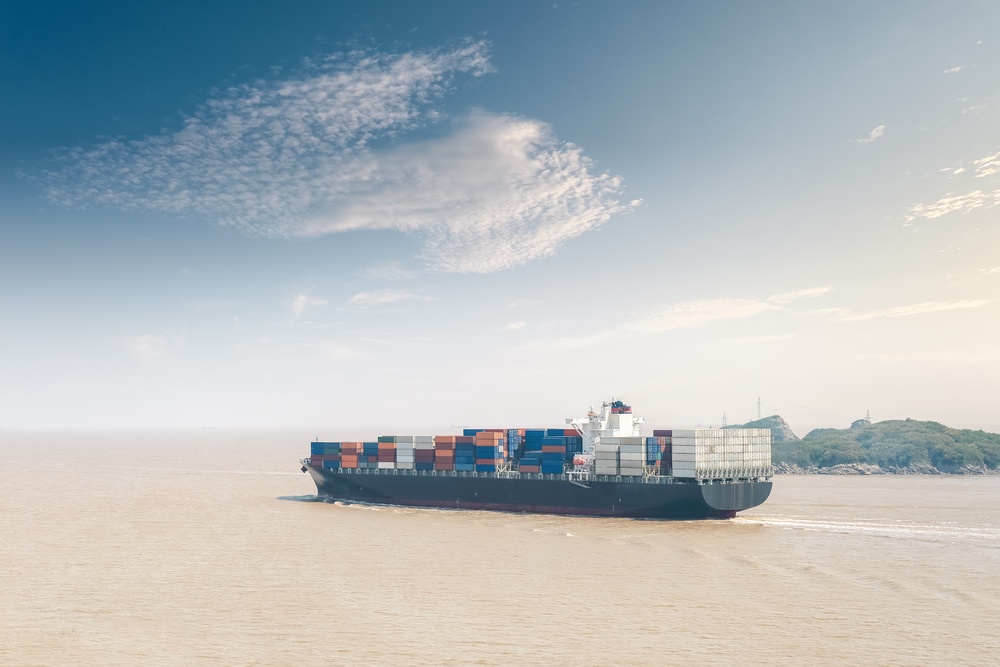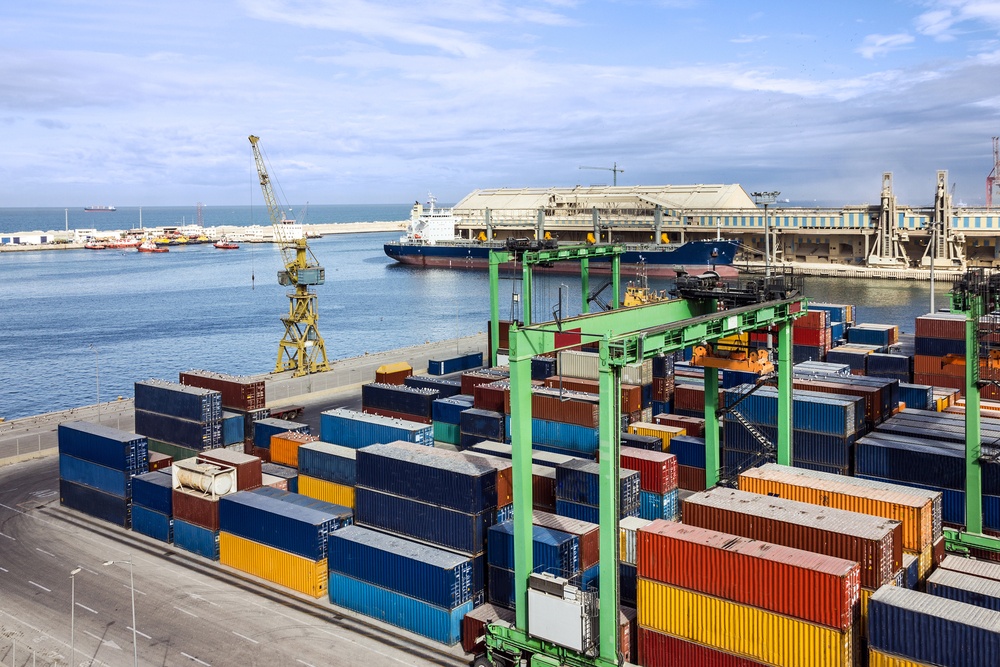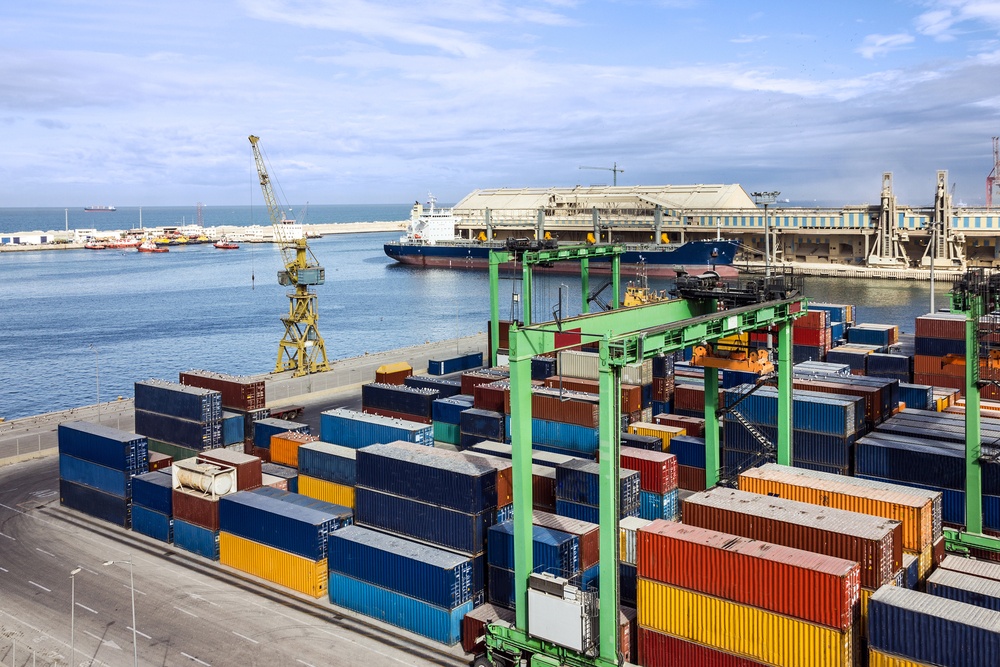Though the concept of supply chain visibility (SCV) has existed for some time now, its applications and definition have undergone massive changes. The supply chain is no longer a controlled entity within the four walls of a warehouse. Today, the whole process involves a network of resources scattered across facilities and entities in different cities and countries all over the world. In order for them to be managed properly, supply chain resources need to be linked to each other; they need to be able to communicate with one another to achieve maximum benefit.
Supply chain visibility works when suppliers, partners, and customers, whom all play different roles within the supply chain, operate as a hub in the movement of goods as well as in the flow of information.
Not very long ago, the idea of full supply chain visibility may have seemed a utopian concept. However, today, most companies try to afford their end-users some degree of visibility in order to keep themselves current and offer the best possible customer experience. Although it may not be full visibility, efforts are in place to achieve some degree of visibility across the supply chain. Achieving full SCV involves a customer-centric approach that will entail the perfect amalgamation of technology and processes to deliver a rich customer experience.
Full visibility means meeting the growing expectations of the sector and affording protection to companies and organizations through transparent processes. According to Techopedia,
“Supply chain visibility (SCV) is the trackability or traceability of product orders and physical product shipments from the production source to their destination. This includes logistics activities and transport as well as the state of events and milestones that take place before and during transit.
The objective of SCV is to enhance and empower the supply chain by making information easily accessible to each and every stakeholder, including customers. The integration of SCV tools or systems enables different supply chain divisions in an organization to acquire real-time and precise information regarding stock, orders, and deliveries in their incoming and outgoing networks.”
Supply chain visibility doesn't begin or end with just the transportation of the product. One of the things that are often forgotten is that a huge amount of effort happens on the cargo procurement side. Without procurement, the product would never make it to the sales floor. The procurement of cargo is complex and historically there has been a lack of accessible data to make it more efficient.
According to a study that was carried out in June 2017, a mere 6 % of companies are able to offer SCV. While everyone wants to achieve it, there is still some way to go before companies can completely deliver full SCV. A 2017 survey of 623 supply chain professionals in 17 countries described their challenges with visibility:
- 70% of firms described their supply chain as “very” or “extremely complex”
- 6% said they have “full visibility” to their entire supply chain
- 74% said they use four to five different transportation modes in their supply chain
- 81% of firms are using one to three KPIs to assess supply chain performance
- 84% outsource their transportation services
Source: Geodis Supply Chain Worldwide Survey

Unique Features of Supply Chain Visibility
Achieving full SCV is tough and isn't achieved overnight. There's a misconception that merely implementing technology tools will solve the challenges. Supply chain management is much more complex than that. Various modes of transport coupled with a lack of operational standards in many parts of the chain make SCV hard to achieve, but not impossible.
This is what SCV looks like and can add to business:
- The ability to instantly access vital information
- An enhanced process efficiency with respect to end-to-end business processes
- Customer requirements addressed through real-time visibility
- Transparency and the ability to view supply chain "blind spots”
- Optimized logistics and transportation efficiency
- Greater responsiveness to customers
- More efficient handling and execution
- Lower labor and material costs
- Efficient stock management
- Improved business metric monitoring and outcomes
For ocean freight, SCV can be achieved through connected vessels and container tracking, as well as through rate benchmarking where cargo buyers gain invaluable insights on aspects such as supplier and carrier performance.
Such visibility can be a game-changer when shippers choose which company to go with to ship their cargo. Complete visibility and transparency will amount to cost savings, an increase in reliability and productivity and, therefore, will enable a company to create a reputation and an edge for itself in the market.

How to Achieve Supply Chain Visibility
An organization needs to factor in various aspects in order to achieve complete SCV. These include analysis, collaboration, information-sharing, and the most crucial aspect - efficient and quick decision making. An efficient team that can work optimally to dissect information, communicate with suppliers and business partners, and model different outcomes will contribute to the greatest degree of SCV. Adopting an analytical approach to freight procurement data will ensure improvement in current supply chain performance and also afford an understanding of future demands. In turn, the more data that is collected will extend further improvement to the supply chain process, and optimize demand forecasting and business planning. Monetary benefits can be achieved by being able to reduce inventory when demand is expected to be low, thereby improving on-time deliveries and responding more quickly to potential issues.
In 2014, Jeff Dobbs, Global Sector Chair, Diversified Industrials, and a partner with KPMG, said, “obtaining real-time visibility across all tiers in the supply chain can significantly increase speed to market, reduce capital expenditures and manage risk.” He went on to make this profound statement, “moving toward a demand-driven supply chain is probably the single most important step a global manufacturer can take today.” According to Forbes, “beyond visibility is supply chain orchestration that takes the service improvements and inventory reductions to the next level whereby balancing supply and demand are not merely improved through faster lead times, but the supply-demand matching process is actively and collaboratively managed on an ongoing basis.”
It is important to note that best-in-class companies are becoming quick, flexible, and using their visibility within the supply chain as a competitive advantage. In today’s scenario, across industries, supply chain visibility consistently ranks near the top as the most necessary aspect to propel a business to achieve maximum success.


-1.jpg)



